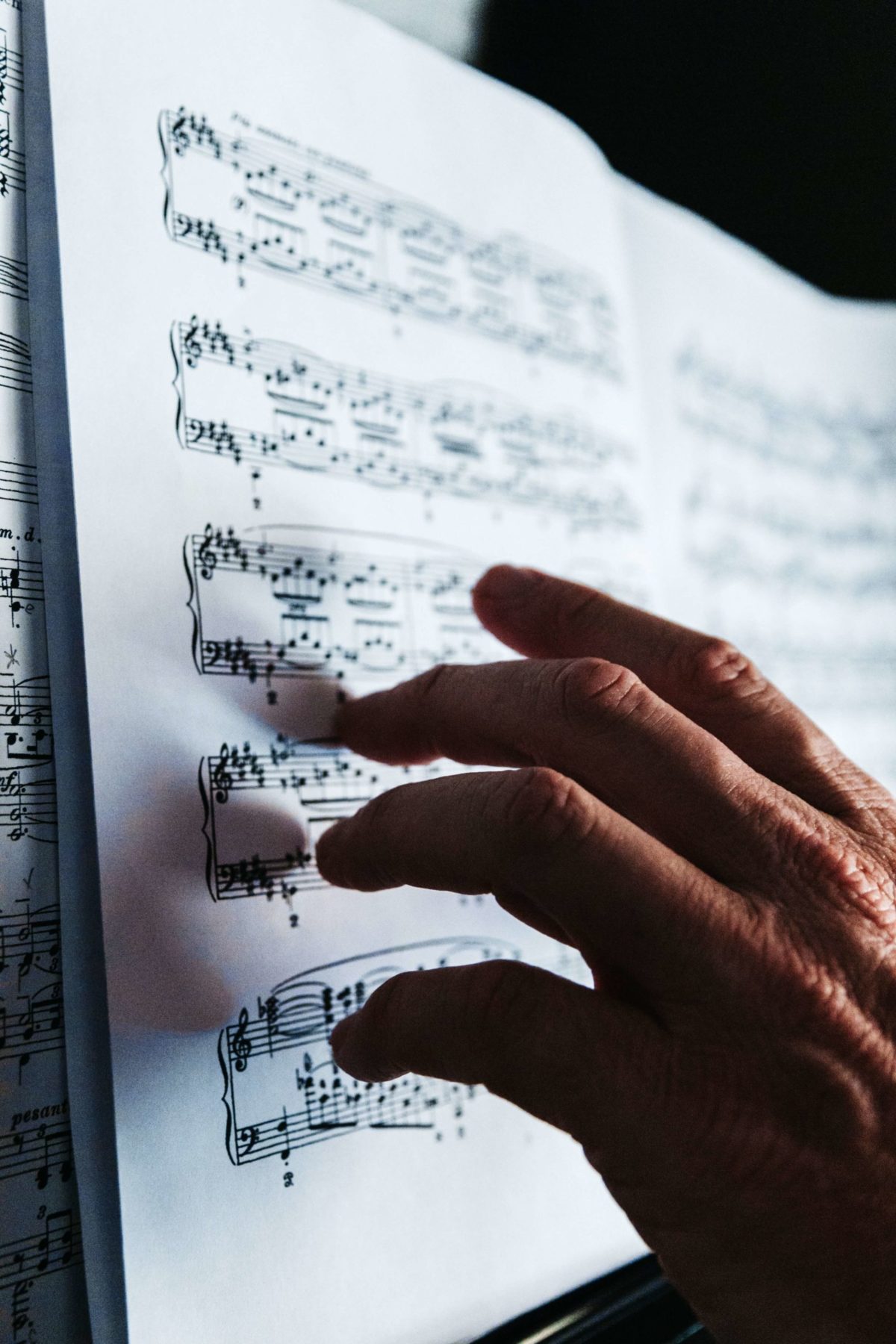Poetry Pairings: Classical Music Edition
Poetry and classical music have been used for centuries to set a scene, paint an emotion, or evoke a memory. Both have influenced and inspired each other over the years to create historic masterpieces, from Charles Baudelaire and Claude Debussy to Aaron Copland and Emily Dickinson. To celebrate the connection between the two art forms, we’ve handpicked a list of 8 poems paired with the perfect classical music.
“My 71st Year” by Walt Whitman
Antonin Dvorak: Symphony No. 9 in E Minor, Op. 95, B. 178 “From the New World”: II. Largo
Reverent, wistful, wise, both Whitman and Dvorak take a sweeping look back over the trials and triumphs of life with a sense of closure and acceptance. The poem and the piece are a salute to life as it stands, happiness and heartbreak included. Rather than a continuum, we feel the past and present all at once—ending not with a bang, but with a whisper.
“Mothers” by Nikki Giovanni
Maurice Ravel: Ma Mère l’oye (Mother Goose Suite), M. 60: I. Pavane de la Belle au Bois dormant and II. Petit Poucet
Tender, but not without tension, Ravel’s Mother Goose Suite is the perfect companion to the poem “Mothers” by Nikki Giovanni. As the mother goose steps between her young and the outside world, we feel (as listeners and readers) beauty and intimacy, but also a level of distance—there are things the mother knows that the children have not yet learned about the world.
“My Sad Self” by Allen Ginsberg
Beat poet Allen Ginsberg reveals a deep feeling of disconnect with the vibrant city of New York in this poem. The discordant, floating feeling is mirrored in Satie’s Gnossienne: No. 3. Its slow, somber, descending notes serve as the perfect backdrop as readers picture Ginsberg traveling through the boroughs of New York, the world whizzing by.
“Ah, Ah” by Joy Harjo
Antonin Dvorak: The Moldau (from Má Vlast): Allegro
Spanning, spinning, and dreamlike, Dvorak’s piece perfectly suits the nature-filled wonderment of Joy Harjo’s “Ah, Ah.” With a fast pace, both Harjo and Dvorak place their audience at the edge of their seats—positioning each measure as a new image in their minds. As the poem and the piece progress, the images become larger, more vibrant, and all-encompassing.
“The Raven” by Edgar Allan Poe
Hector Berlioz: Symphonie Fantastique, Op. 14, H 48: 5b. Songe d’une nuit du Sabbat – Dies irae
Looming and ominous, “The Raven” is the quintessential poem of grief and fear. With the sound of a chiming clock tower and heavy, intimidating tones, Berlioz’s piece evokes the image of the raven at every turn. Listeners of the piece can easily imagine our protagonist’s fast and fearful movements as he is haunted by memories of the late Lenore.
“American Smooth” by Rita Dove
Spinning and swirling, this piece whisks listeners away on a whirlwind waltz that’s equal parts smooth and bombastic. As Dove and Ravel mimic the experience of achieving flight, readers and listeners may forget for a moment that we’re merely human as the magic of music and dance sweep us off our feet.
“The Afternoon Sun” by C. P. Cavafy
Antonio Vivaldi: Sonata for Vincello and Basso continuo No. 5 in E Minor, RV 40: III. Largo
Wistful and dreamy, this piece by Vivaldi perfectly complements Cavafy’s “The Afternoon Sun.” As Cavafy revisits the home he and a former lover shared, memories flood back of the room as it was—each piece of furniture intact. Listening to Vivaldi’s work while reading this poem creates a cinematic experience, as we picture each element in the room fall into place.
“Douce Souvenance” by Jessie Redmon Fauset
Nostalgia takes center stage yet again for this last classical music and poetry pairing. The yearning ebb and flow of Debussy’s Rêverie wholly intensifies Harlem Renaissance poet Jessie Redmon Fauset’s poem “Douce Souvenance” (or sweet memory). Evoking images of nature and playing with light and dark themes, both Debussy and Fauset bring to light the eternity that exists within each memory—cherished and golden.




